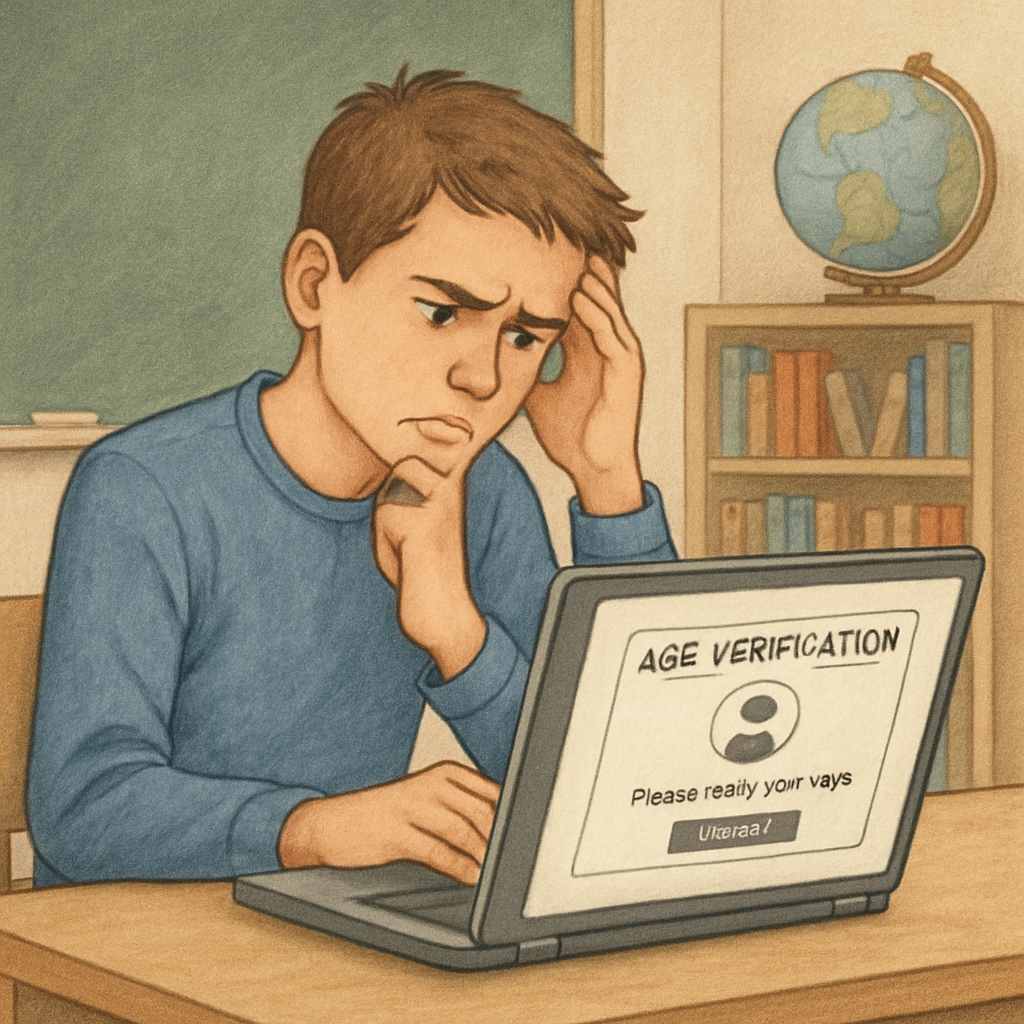Age verification, content restrictions, and internet censorship laws are increasingly being implemented across various U.S. states in an effort to protect minors from harmful online content. While these measures aim to safeguard children, their unintended consequences are raising concerns in the educational sector, particularly within K12 settings. By limiting access to certain online resources, these laws could inadvertently create a “digital knowledge wall,” restricting students’ ability to learn, explore, and engage with critical information.
The Rise of Age Verification Laws
Over the past few years, U.S. states have begun introducing age verification systems to regulate access to online content. These systems typically require users to confirm their age before viewing specific websites or materials deemed inappropriate for minors. While such regulations are well-intentioned, their implementation often results in broader restrictions on online content, including resources vital for education.
For example, students researching topics like mental health, human anatomy, or historical events may encounter age barriers that block their access to essential learning materials. This raises questions about the balance between protecting minors and ensuring their right to educational freedom.

How Content Restrictions Impact K12 Education
Content restrictions tied to age verification laws can have a profound impact on the K12 learning environment. Teachers and students frequently rely on online resources to supplement traditional textbooks, explore diverse perspectives, and deepen their understanding of complex subjects. However, these laws may prevent access to websites containing sensitive but educational content, such as discussions on social issues, science experiments, or historical narratives.
As a result, students may find themselves locked out of crucial tools that foster creativity, critical thinking, and independent research. This could disproportionately affect schools in underserved communities, where online learning platforms often compensate for limited physical resources.

Balancing Protection and Freedom
While protecting minors from harmful material is critical, it is equally important to ensure that age verification and content restriction laws do not compromise their access to legitimate educational resources. Policymakers must consider the unique needs of K12 schools when drafting and implementing these laws. Potential solutions include:
- Creating exemptions for educational institutions to access restricted content under supervised conditions.
- Developing age verification systems that differentiate between recreational browsing and academic research.
- Collaborating with educators and technology experts to design policies that prioritize both safety and educational access.
By adopting these approaches, states can strike a balance between safeguarding minors and preserving their right to learn in an increasingly digital world.
The Future of Internet Censorship in Education
As content restrictions and age verification laws continue to evolve, their impact on K12 education will require ongoing scrutiny. Educators, parents, and policymakers must work together to ensure that these measures do not inadvertently build barriers to knowledge. Supporting students’ ability to access diverse, high-quality educational resources is essential for preparing them to navigate the complexities of the modern world.
For further reading on internet censorship and its effects, visit Internet censorship on Wikipedia or Internet censorship on Britannica.
Readability guidance: Use short paragraphs to improve clarity. Incorporate lists and examples to break down complex ideas. Ensure smooth transitions between sections using connectors like “however,” “in addition,” and “as a result.”


